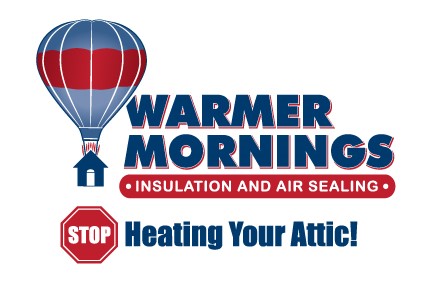Despite its drawbacks, fiberglass insulation is popular for its low cost, ease of installation and great advertising.
Developed in the 1930s, fiberglass insulation has for decades been the primary go-to insulation to protect a home from both heat loss and heat gain. During winter, insulation helps hold heat generated by the furnace indoors. In summer it retards the infiltration of outdoor heat to facilitate cooling by the air conditioner. Fiberglass batt insulation is the most common variety. The stacks of rolled-up blankets of pink, cotton candy-like material are a familiar sight at home centers. No type of insulation completely stops heat transfer and fiberglass has other drawbacks, as well.
COVERAGE ISSUES
Fiberglass batts are available in precut widths of 16 inches or 24 inches. Unfortunately, residential attic construction often integrates many odd-shaped nooks, crannies and other anomalies that aren’t accommodated by the standard-size format of fiberglass batts. Similarly, wall interiors contain electrical outlet boxes, conduits and other obstructions. Even a small gap in insulation that permits unrestricted flow of heat energy can reduce a wall or ceiling’s overall heat resistance, known as its R-value, by as much as 50 percent. This requires substantial manual cutting and shaping of batts into custom pieces to fit and fill all such voids, potentially making installation of fiberglass insulation a labor- and time-intensive procedure.
AIR EXCHANGE
Issues In addition to conduction directly through ceilings and walls, heat energy also moves through direct air exchange, such as air leaks through a ceiling into an attic. Other forms of insulation, such as loose-fill cellulose or sprayed foam, are denser and offer more effective protection against air leaks than fiberglass. Because fiberglass has low density and comes in a fluffed-up state, air passes through it readily. When installing fiberglass in an attic, you must expend time and care in advance to pinpoint and seal air leaks from living spaces below — before they are permanently hidden by a layer of insulation. This includes minute structural cracks as well as gaps around any ceiling light fixtures, HVAC ducts and electrical conduits that penetrate the attic.
MOISTURE ISSUES
Fiberglass insulation is particularly vulnerable to moisture. Unlike alternatives such as foam board or sprayed foam insulation, wet fiberglass insulation loses all R-value and has almost no insulating properties until it dries out. Moisture may contaminate insulation in attics — a primary location for fiberglass batts — due to persistent roof leaks or from simple condensation as moist warm air from living spaces below accumulates in the attic and condenses when temperatures drop at night, saturating the insulation.
MOLD ISSUES
When moisture is present in fiberglass insulation, mold growth frequently follows. This is more prevalent in fiberglass than in alternatives such as loose-fill cellulose because cellulose does not allow the free flow of air that transports mold spores and delivers moisture. Airborne mold spores that settle in the fibers of fiberglass insulation thrive when exposed to moisture from water vapor in the air or condensation. Mold can be a source of unhealthy indoor air quality and produce allergic symptoms in susceptible individuals.

